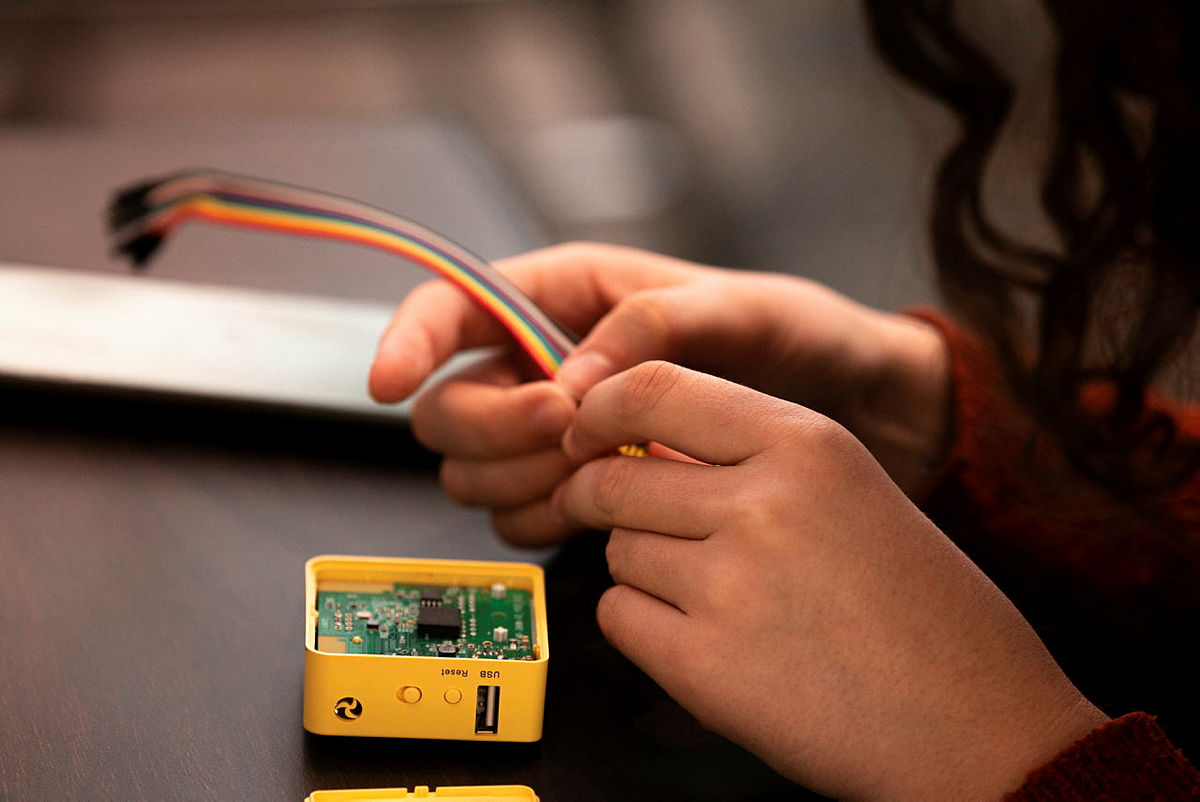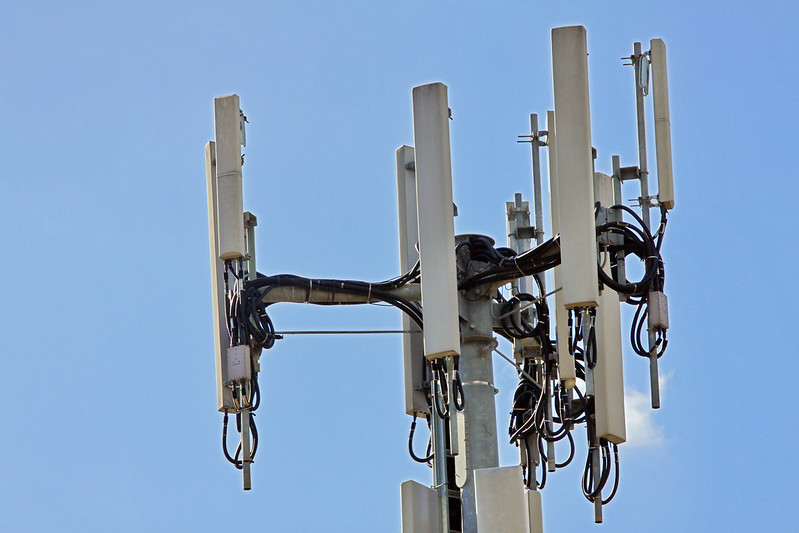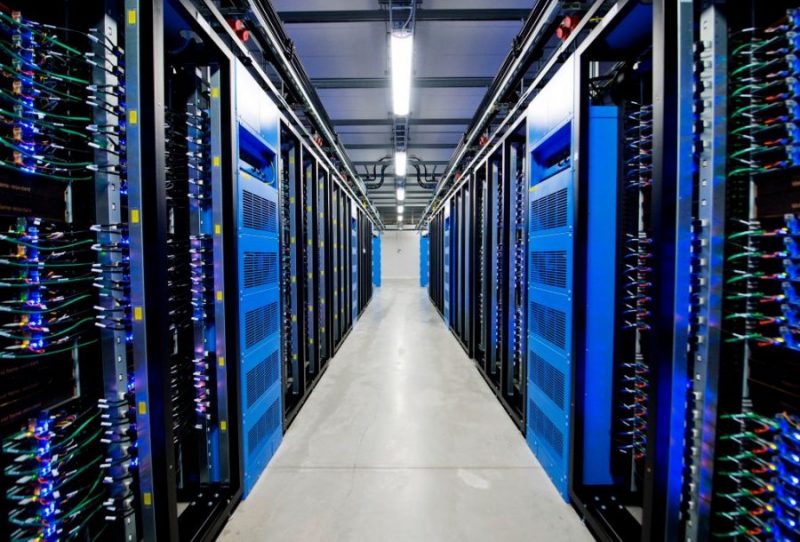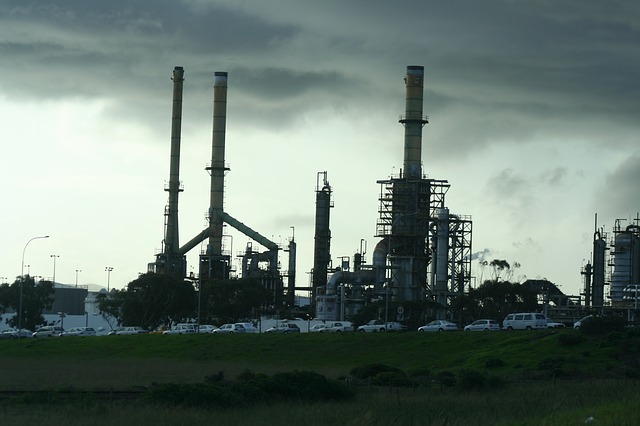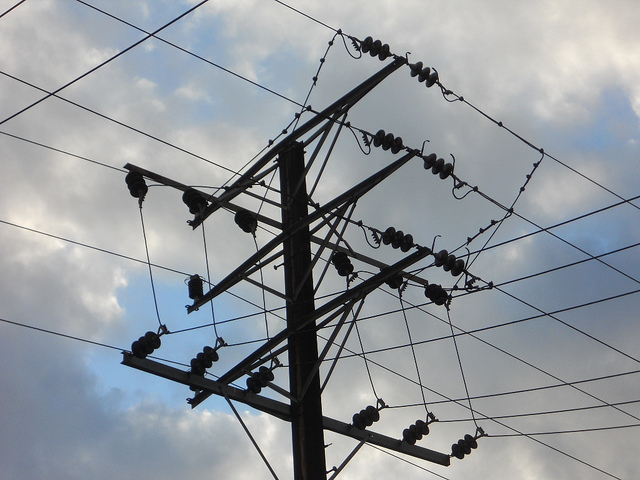Enhancing cyber capabilities through AUKUS
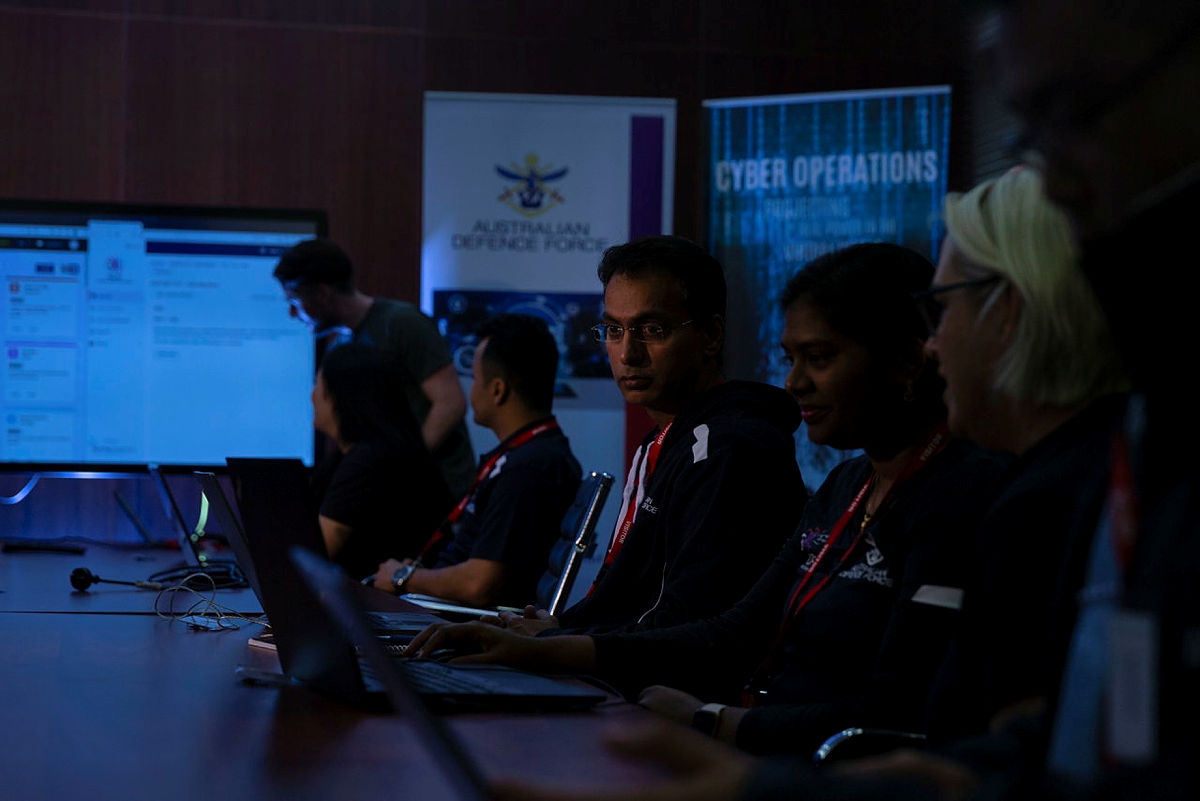
The AUKUS pact is an important piece of regional architecture that has the potential to operate as a technology accelerator to strengthen security and stability in the Indo-Pacific. It seeks to do this by enhancing joint technical capabilities and interoperability among Australia, the UK and the US. ‘Advanced capabilities’ is a secondary focus of AUKUS after nuclear-powered submarines, but it is an equally important part of this new partnership to develop a technological edge.
Australia, the UK and the US are like-minded countries whose relationship is underpinned by a strong security partnership, shared values and a long history of trust. This gives AUKUS particular advantages to be able to achieve outcomes that might be more difficult for other and larger groupings, even strong intelligence-sharing alliances such as the Five Eyes. But for AUKUS to bring about greater collaboration and deeper interoperability, its three members will need to bring their similar (though not necessarily interoperable) people, processes and technology into alignment where it is appropriate and safe to do so.
‘Advanced cyber’—one of AUKUS’s technology priorities—is a focus area that presents short- and medium-term opportunities to build connections and lay the groundwork for some of the longer-term AUKUS technology objectives. This work can and should be carried out simultaneously while the submarines component of AUKUS progresses. But what’s missing are practical proposals for harnessing these opportunities.
Having common cyber-related standards among the AUKUS members, for example, is a relatively low-cost, high-value way to contribute to AUKUS technology objectives and provide a pathway to greater interoperability and efficiency, especially if it builds on existing programs. One low-risk initiative that would enhance capability and interoperability and improve cyber resilience in the digital supply chain is aligning digital skills training. Another is harmonising cybersecurity accreditations. A medium-term opportunity that would benefit both the digital and physical supply chains would be defining a set of ‘AUKUS-assured capabilities’. Fourth, a long-term project could be to use the AUKUS partnership as a vehicle to foster technology relationships in the Indo-Pacific.
AUKUS is understandably defence focused—a narrow scope that will allow it to better carry out its objectives. But cyber, like many of the other critical technologies, isn’t confined to the military and intelligence domains. The expertise and support needed for both offensive cyber actions and the defence of digital assets and equities will require the involvement of industry, academia and citizens. Outcomes that benefit these entities will therefore also support and contribute to AUKUS’s technology objectives.
A digital skills uplift could leverage defence force training and private-sector expertise to improve not only the cyber skills of defence personnel but also the cyber resilience of the defence digital supply chain—the third parties that service and support the defence organisation, such as defence industry, defence suppliers and critical infrastructure providers.
The harmonisation of similar cybersecurity protection standards and assurance practices among AUKUS countries—such as between Australia’s IRAP (Infosec Registered Assessors Program) and the US’s FedRAMP (Federal Risk and Authorization Management Program) systems—would open up greater and more timely choices for the public sector. AUKUS suppliers would also benefit from the resulting cost and resource efficiencies and a deepening of markets.
Markets thrive on certainty. AUKUS should look to define a set of assured capabilities to bolster critical supply chains. These would be capabilities or components of mutual benefit that could be unilaterally or jointly developed by AUKUS partners, but with assured availability to all AUKUS countries. Because the development of such capabilities would likely involve the private sector, clarity about which cyber capabilities (products, services, components, and so on) are critical and of national significance will help provide guidance on the direction of private investment in research, development and commercialisation efforts, as well as viable international collaboration partners.
Finally, a collective of countries beyond the AUKUS partners will be needed to meet the modern technology and security challenges in the Indo-Pacific now and in the future. While it might not be an immediate priority, down the track AUKUS could be used as a vehicle to foster some of these relationships. One way in which AUKUS could gain legitimacy and credibility among Southeast Asian nations over the coming years would be to provide both digital and non-digital public goods that help improve regional prosperity and security. Such efforts could include technology knowledge diffusion, ensuring the benefits of technology reach across entire economies.
The AUKUS countries have much they can learn from and share with the region in cyber and critical technologies, from e-safety and digital inclusion to next-generation mobile wireless and artificial intelligence. Cultivation of these relationships will, however, often require an individualised approach, including different investments in different countries.
The region’s nations are a diverse group, with different priorities and views on cyber norms, standards and regulations. But as a group, AUKUS members will be better positioned to support the region as it seeks to make a post-Covid-19 technology step-up.

